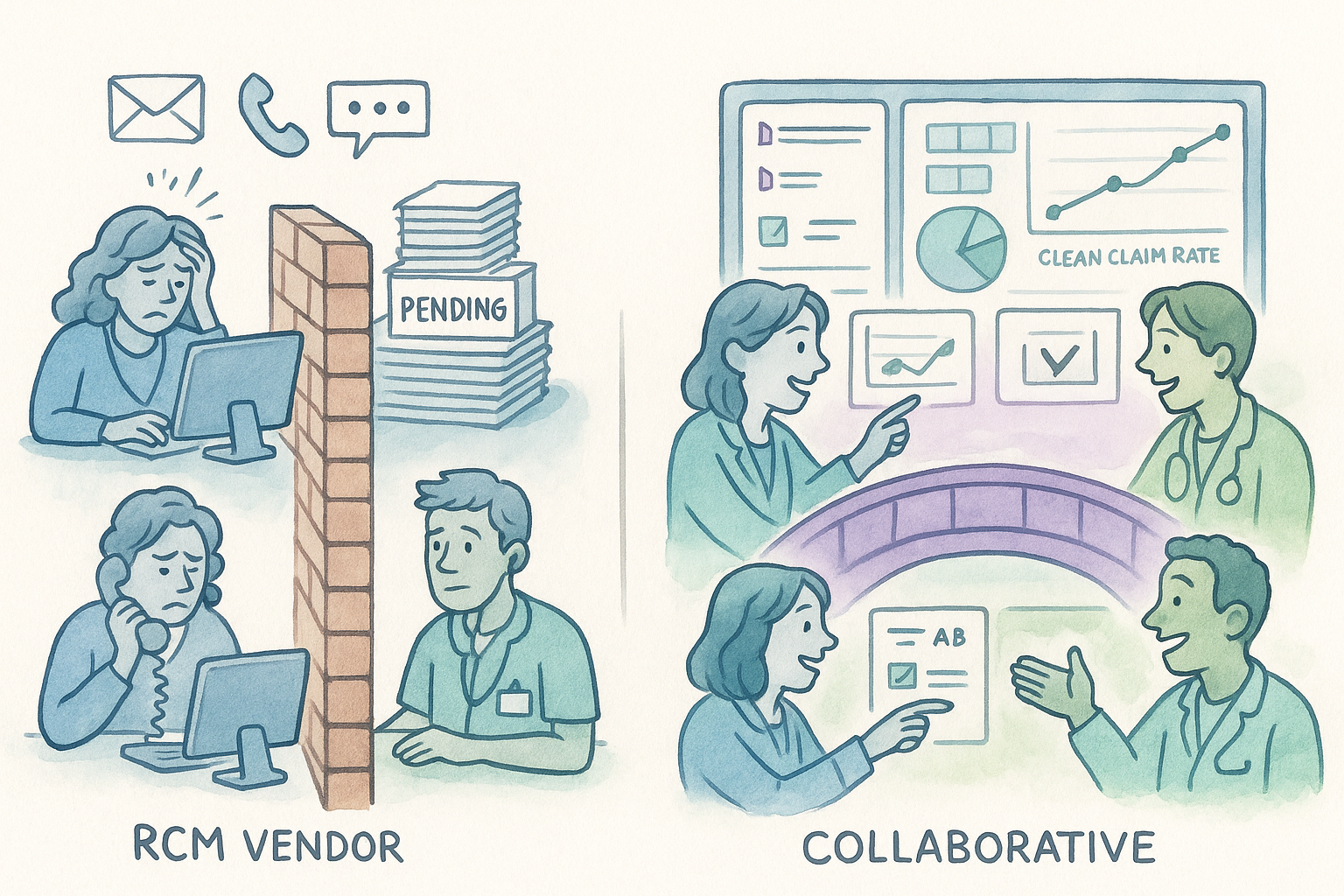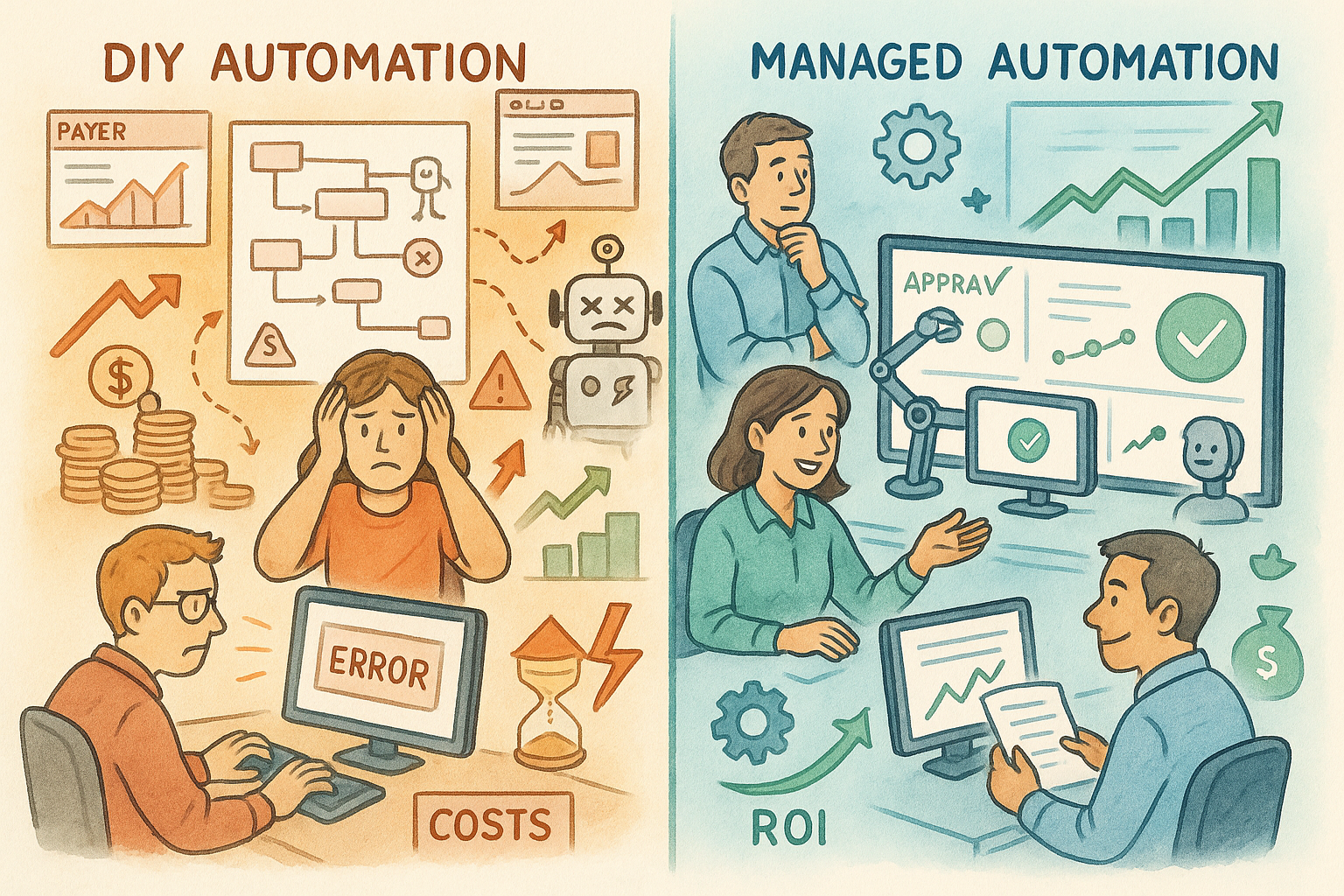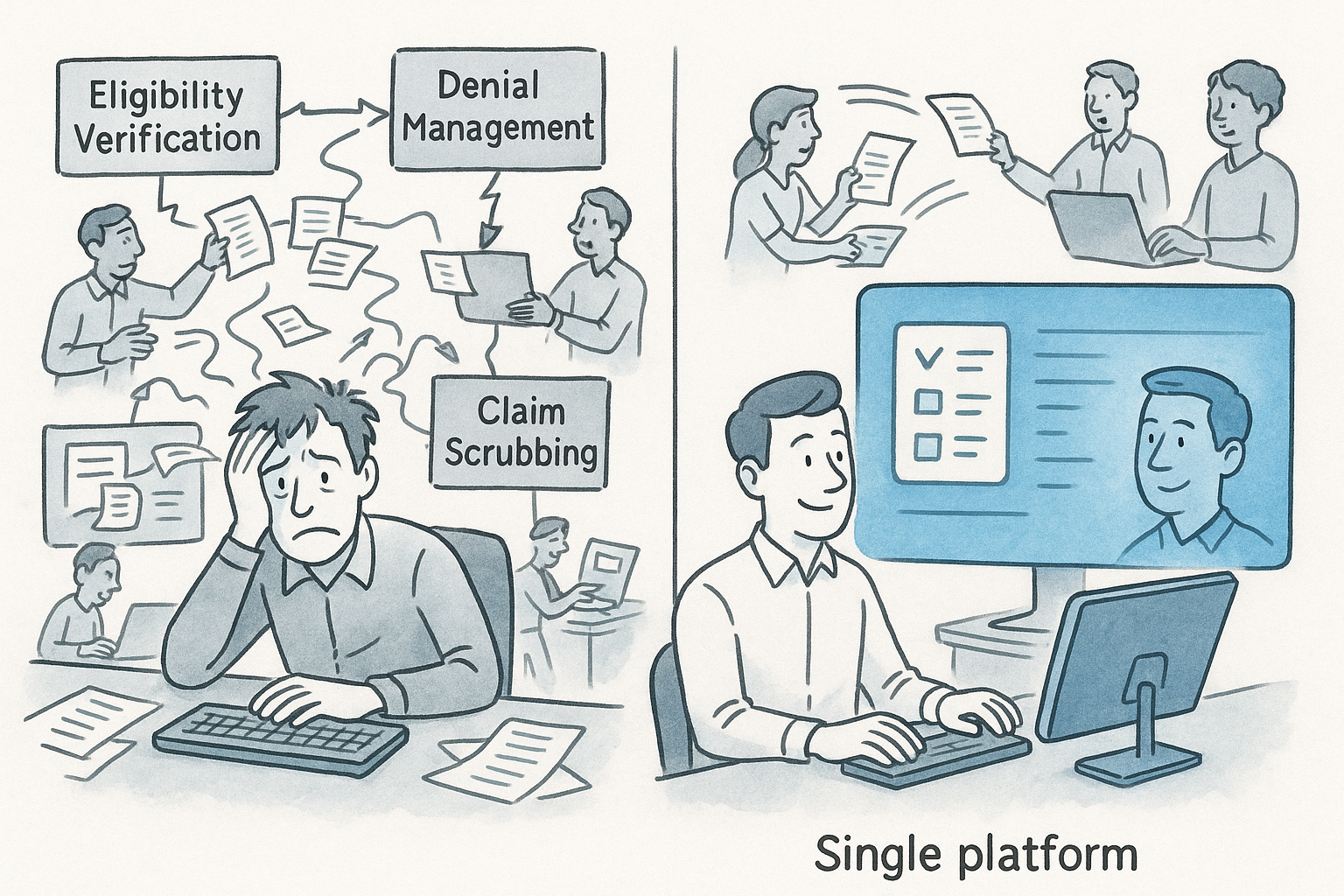Improving Revenue Cycle Management Reporting in Healthcare
In the ever-changing landscape of healthcare administration, effective management of revenue cycle reporting is crucial for operational efficiency, financial sustainability, and strategic decision-making. As healthcare organizations adapt to evolving regulatory requirements, changing reimbursement models, and shifting patient demographics, optimizing processes becomes essential for success. This guide explores best practices for optimizing revenue cycle management reporting to drive effective change and achieve organizational objectives.
Understanding Revenue Cycle Reporting Dynamics
Revenue cycle reporting encompasses the collection, analysis, and interpretation of financial data related to patient encounters, billing activities, claims processing, reimbursement trends, and revenue performance metrics. It provides valuable insights into the financial health of healthcare organizations, identifies areas for improvement, and informs strategic decision-making at various levels.
Key components of revenue cycle reporting include:
• Data collection from various sources within the organization
• Advanced data analysis to identify trends, patterns, and anomalies
• Interpretation of financial reports and performance metrics
Understanding these dynamics is essential for healthcare leaders to leverage data-driven insights and drive meaningful change initiatives.
Importance of Data Accuracy and Integrity
Accurate and reliable data form the foundation of effective revenue cycle reporting. Errors or inconsistencies in data collection, entry, or processing can compromise the integrity of financial reports, leading to misinformation and misinterpretation of key performance indicators (KPIs).
To ensure data accuracy and integrity, healthcare organizations should:
• Implement robust data quality assurance processes
• Conduct regular data validation and quality checks
• Establish prompt error correction mechanisms
By prioritizing data accuracy, organizations can ensure the reliability of their revenue cycle outputs and make informed decisions based on trustworthy information.
Leveraging Technology Solutions for Enhanced Reporting
Advancements in healthcare technology have revolutionized revenue cycle management reporting. Integrated reporting platforms, business intelligence tools, and data analytics solutions empower healthcare leaders to track performance metrics in real-time, identify trends, and proactively address revenue cycle challenges.
Key technological solutions include:
• Comprehensive reporting platforms that integrate data from multiple sources
• Business intelligence tools for analyzing and visualizing revenue cycle data
• Advanced data analytics solutions for identifying patterns and facilitating predictive analysis
By leveraging these technologies, healthcare organizations can streamline reporting processes and derive actionable insights from complex financial data.
Implementing Performance Metrics and KPIs
Performance metrics and Key Performance Indicators (KPIs) serve as benchmarks for evaluating revenue cycle performance, monitoring progress towards organizational goals, and identifying areas for improvement. Healthcare organizations should define clear, measurable KPIs aligned with strategic objectives.
Examples of important KPIs include:
• Revenue capture rates
• Denial rates
• Days in accounts receivable (AR)
• Collection efficiency ratios
Regular monitoring and analysis of these KPIs enable proactive decision-making and continuous process improvement initiatives.
Financial Transparency and Accountability
Financial transparency and accountability are essential principles in revenue cycle management reporting. They foster trust among stakeholders and promote a culture of responsibility within the organization. Healthcare leaders should prioritize transparency in financial reporting practices by:
• Clearly documenting revenue cycle processes
• Adhering to regulatory standards
• Communicating financial performance metrics to relevant stakeholders in a timely manner
By enhancing transparency, organizations can build trust and ensure all stakeholders have a clear understanding of the financial landscape.
Promoting Collaborative Data Governance Practices
Effective data governance is critical to ensuring the accuracy, consistency, and security of revenue cycle reporting data. Healthcare organizations should establish cross-functional data governance committees, comprising representatives from finance, IT, compliance, and clinical departments.
These committees should focus on:
• Overseeing data management policies
• Addressing data quality issues
• Promoting collaboration across the organization
Collaborative data governance practices facilitate alignment between business objectives and data management strategies, driving more informed decision-making and improved financial outcomes.
Conclusion
Optimizing revenue cycle management reporting is essential for healthcare organizations to drive effective change, improve financial performance, and achieve strategic objectives. By understanding reporting dynamics, prioritizing data accuracy, leveraging technology solutions, implementing performance metrics, enhancing transparency, and promoting collaborative data governance, healthcare leaders can unlock the full potential of revenue cycle reporting. This approach not only drives organizational success but also supports the delivery of high-quality patient care in an increasingly complex healthcare environment.






